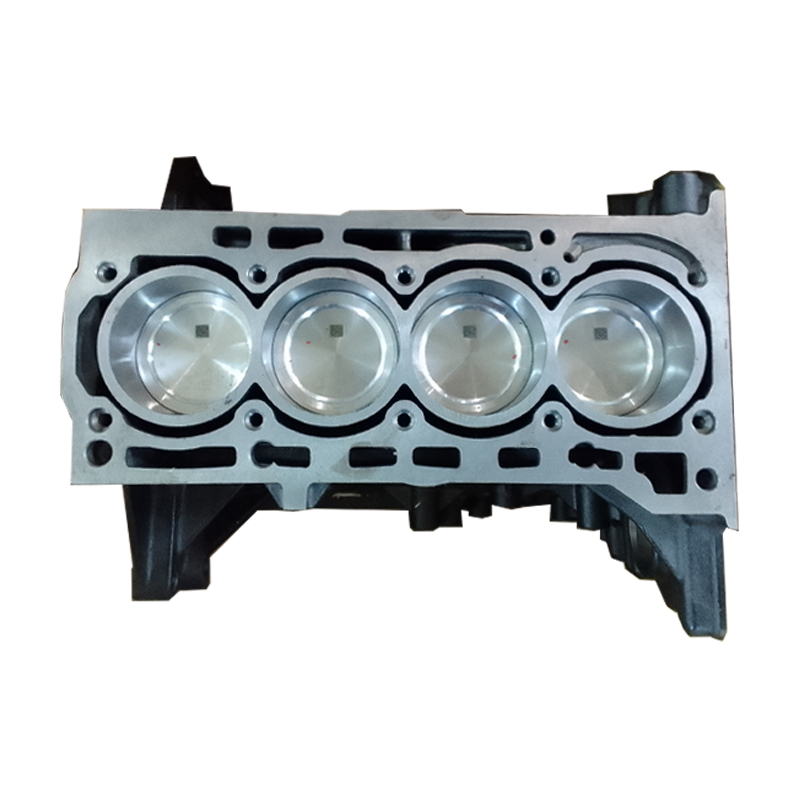Extend the lifespan of your clp engine with regular care.
Just How a Clp Engine Can Enhance Performance in Various Industries
The advent of CLP engines marks a substantial change in functional efficiency throughout various markets, driven by their capacity to optimize gas intake and minimize downtime. Industries such as manufacturing and logistics stand to gain considerably from their robust design and regular power output, which promise to simplify operations and boost productivity. As companies increasingly prioritize sustainability alongside efficiency, the function of CLP engines ends up being a lot more important. What stays to be seen is how these developments will shape the future landscape of commercial procedures and their effect on wider financial trends (clp engine).
Overview of CLP Engines
CLP engines, or Continuous Fluid Propellant engines, stand for a significant improvement in propulsion innovation, specifically for room applications. These engines utilize a continuous feed system that permits for the continual expulsion of propellant, bring about boosted performance and performance contrasted to conventional solid or hybrid propulsion systems. By preserving a continuous flow of liquid propellant, CLP engines can achieve much more exact drive control, which is essential for steering spacecraft in various goal situations.
The style of CLP engines integrates sophisticated products and cutting-edge fuel administration systems. clp engine. This results in lowered weight and enhanced dependability, important elements for long-duration space objectives. Moreover, the constant operation reduces the threat of burning instability, a common difficulty in traditional rocket engines.

Advantages in Manufacturing
The manufacturing of Continual Liquid Propellant (CLP) engines provides a number of noteworthy advantages that enhance both efficiency and cost-effectiveness. One of the main advantages is the structured production procedure, which minimizes the complexity connected with traditional propulsion systems. By making use of liquid propellant, manufacturers can accomplish better precision in engine efficiency, resulting in optimized energy outcome and lowered waste.
Furthermore, CLP engines facilitate a greater degree of modularity, enabling much easier integration into different production lines. This flexibility can substantially lower preparations and enhance overall operational flexibility. Using CLP innovation likewise tends to decrease the requirement for substantial upkeep because of fewer relocating parts, which equates right into decreased downtime and operational expenses.

Applications in Logistics
Leveraging Constant Fluid Propellant (CLP) engines in logistics provides significant benefits in operational efficiency and dependability. These engines give a robust remedy for various transportation requirements, find out this here enabling the smooth motion of items throughout vast ranges. The integral design of CLP engines allows for consistent power output, which converts into smoother and much more predictable transport schedules.
One of the essential applications of CLP engines in logistics remains in sturdy products transportation, where they can drive both ground and airborne cars. Their capacity to preserve high efficiency under varying tons problems ensures that delivery timelines are fulfilled, thus improving client complete satisfaction. Furthermore, CLP engines can be incorporated into automated logistics systems, helping with real-time tracking and maximizing path preparation.
Additionally, the durability of CLP engines minimizes upkeep downtime, enabling logistics business to optimize their functional capabilities. This is specifically helpful in warehousing procedures, where efficiency in managing and transferring items is critical. As logistics continues to advance, the assimilation of CLP engines represents additional reading a forward-thinking method that not just improves efficiency yet also supports the sector's expanding demands for reliability and rate.
Influence On Power Efficiency
Exactly How do Continual Liquid Propellant (CLP) engines enhance energy efficiency in transport? CLP engines make use of a regular flow of liquid fuel, maximizing burning procedures and preserving a steady thrust output. This style lessens energy losses related to standard burning engines, where gas distribution can differ and lead to inefficiencies.
The continuous operation of CLP engines enables an extra reliable thermal cycle, resulting in higher specific impulse compared to conventional engines. clp engine. This converts to reduced fuel usage for the same amount of job done, dramatically reducing operational costs throughout numerous transportation industries, consisting of aeronautics and maritime markets
Additionally, the capacity of CLP engines to preserve ideal performance under varying load conditions minimizes the requirement for frequent velocity and deceleration, better enhancing fuel performance. Improved energy efficiency not only adds to cost financial savings however also causes decrease greenhouse gas exhausts, aligning with international sustainability objectives.
Future Trends and Innovations
Emerging innovations in Continuous Liquid Propellant (CLP) engine modern technology promise to reinvent the landscape of transport effectiveness and sustainability. As sectors pivot towards read this post here greener choices, CLP engines stand at the forefront, integrating ingenious products and design methods that boost efficiency while minimizing ecological effect.
Among the most promising fads is the fostering of hybrid systems that combine CLP engines with renewable resource resources. This harmony can enhance gas intake and reduce exhausts, lining up with international sustainability goals. Moreover, advancements in computational fluid characteristics (CFD) are assisting in the design of more aerodynamically effective engines, resulting in reduced drag and improved fuel performance.
Moreover, the growth of wise surveillance systems is established to boost operational effectiveness. These systems utilize data analytics and IoT technology to enhance engine efficiency in real-time, making sure that the engines operate within their most efficient parameters.
As research remains to discover alternative propellant formulas-- such as biofuels and synthetic fuels-- the future of CLP engines looks encouraging. By utilizing these advancements, sectors can not only enhance their efficiency but likewise add substantially to a cleaner, extra lasting future in transport.
Final Thought
In verdict, CLP engines stand for a significant development in efficiency across several industries. The assimilation of advanced materials and less relocating parts decreases maintenance requirements, while alignment with sustainability objectives positions CLP engines as a crucial innovation for the future.